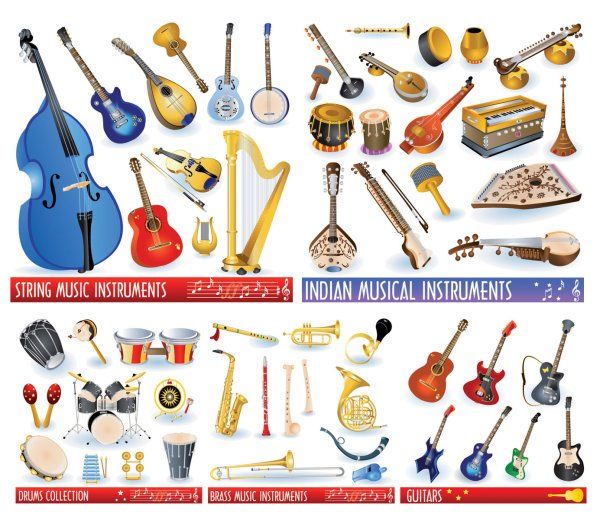

What is Indian classical music?

Indian classical music is a rich tradition that originated in South Asia and can now be found in all corners of the world. It’s origins date back to sacred Vedic scriptures over 6,000 years ago where chants developed a system of musical notes and rhythmic cycles.
In this way, Indian classical music is very closely connected to nature, taking inspiration from natural phenomena including the seasons and times of the day to create ‘ragas’ or musical moods and many time cycles or ‘taals’ that have been further codified.
Compositions are fixed but most of the music is improvised within the structure of notes and mathematics. This gives the music a spontaneous freedom where each artist and every performance is ensured to be completely unique.
Indian classical music is generally passed down in an oral tradition where the student would spend many years with their ‘guru’, developing a very special, spiritual bond, imbibing all aspects of the music along with philosophical and moral principles that shape them for life.
Now Indian classical music can be learned in many institutions and has been heavily documented and notated but learning through observation, listening and memory is still paramount and connecting with an expert teacher is considered the most fruitful way to learn.
Which instruments are used in Indian classical music?
Many different instruments have been used and developed for Indian classical music such as:
Sitar – The sitar is a plucked stringed instrument used in Hindustani (North Indian) classical music. The instrument flourished under the Mughals and it is named after a Persian instrument called the sitar (meaning three strings). The sitar flourished in the 16th and 17th centuries and arrived at its present form in 18th-century India. It derives its distinctive timbre and resonance from sympathetic strings, bridge design, a long hollow neck and a gourd-shaped resonance chamber.
Tabela – The tabela is a membranophone percussion instrument originating from the Indian subcontinent, consisting of a pair of drums, used in traditional, classical, popular and folk music. It has been a particularly important instrument in Hindustani classical music since the 18th century, and remains in use in India, Pakistan, Afghanistan, Nepal, Bangladesh, and Sri Lanka.
Vocal – Many instruments aim to emulate the voice in their technique and expression. In both North and South India there is a strong tradition of vocal music ranging from extensive elaborations of ‘ragas’ to lighter songs and romantic or spiritual poetry.
Veena – The veena comprises a family of chordophone instruments of the Indian subcontinent. Ancient musical instruments evolved into many variations, such as lutes, zithers and arched harps. The many regional designs have different names such as the Rudra veena, the Saraswati veena, the Vichitra veena and others.
Mridangam – The Mridangam is a percussion instrument from India of ancient origin. It is the primary rhythmic accompaniment in a Carnatic music ensemble, and in Dhrupad, where it is known as Pakhawaj
Damaru – Damaru is a small two-headed drum, used in Hinduism and Tibetan Buddhism. The drum is typically made of wood, with leather drum heads at both ends; the damaru might also be made entirely out of human skulls. The resonator is made of brass. In Hinduism – The damaru is known as a power drum, and when played, it is believed to generate spiritual energy. In Buddhism – the damaru is part of a collection of sacred implements and musical instrument was adopted from the tantric practices of ancient India.
Kuzhal – The kuzhal is a traditional double reed wind instrument used in the south Indian state of Kerala. It is similar in construction to a nagaswaram or a large shehnai, and has a very shrill and penetrating tone. The instrument has a wooden body with a conical bore, at the end of which is affixed a brass bell. The player, who is almost always male, blows through a double reed and closes small holes with both hands.